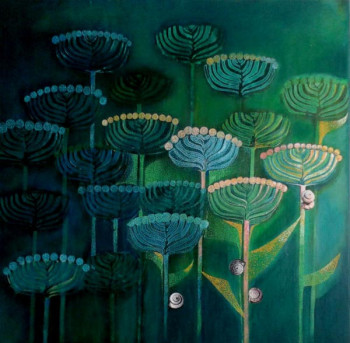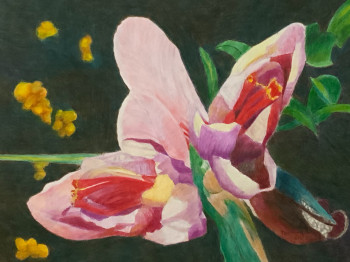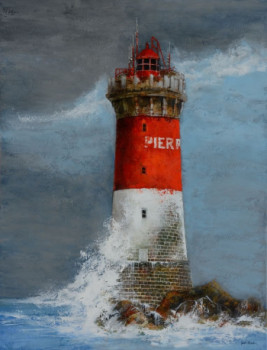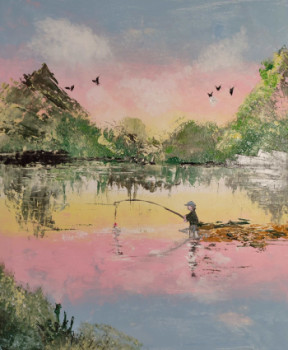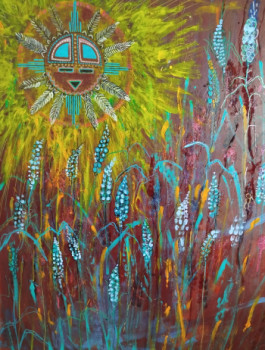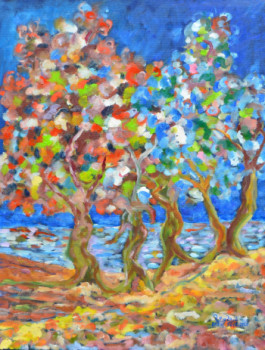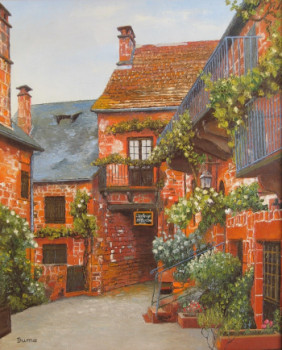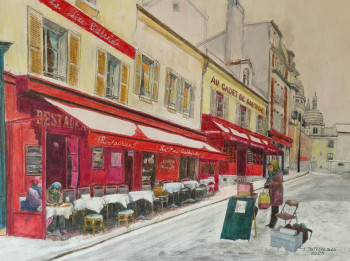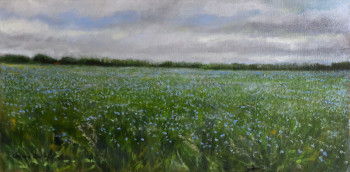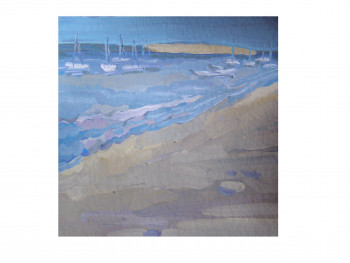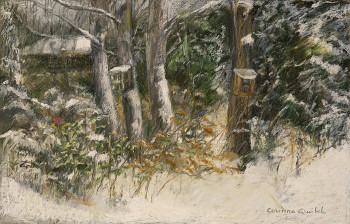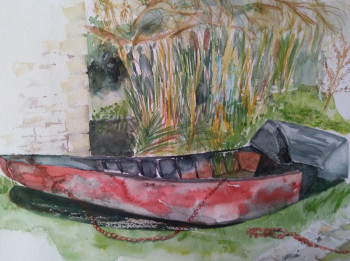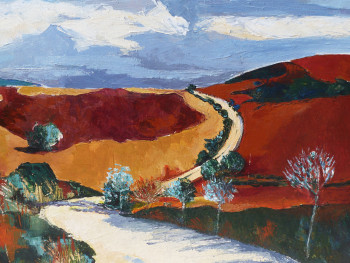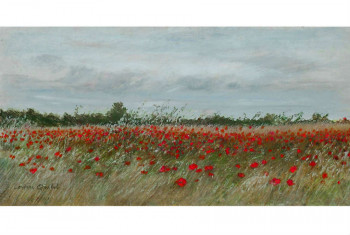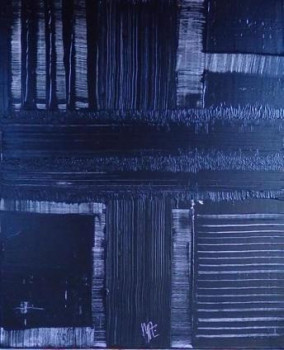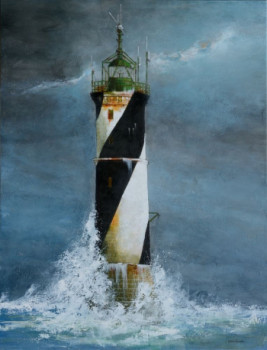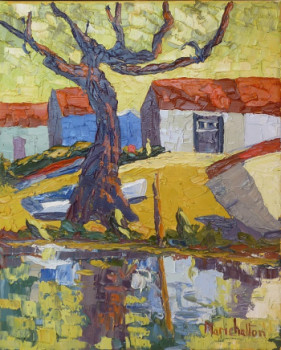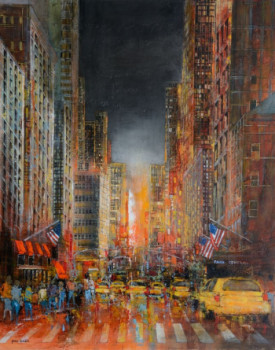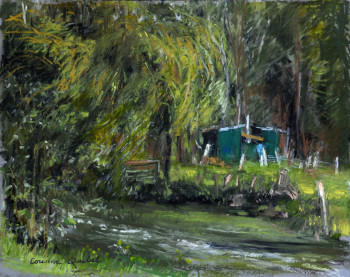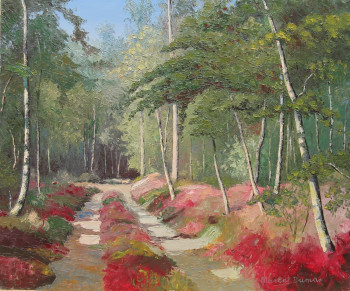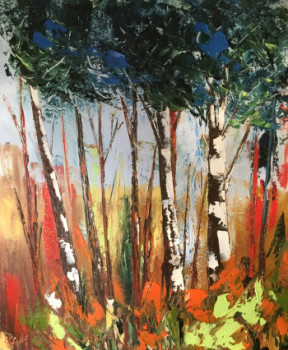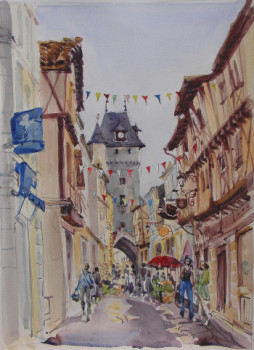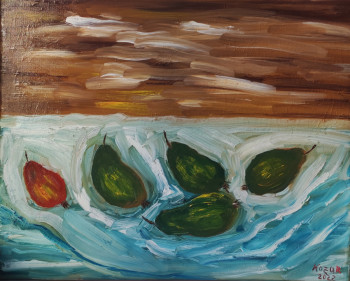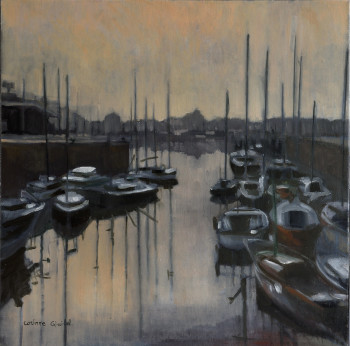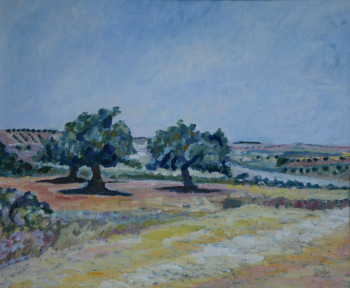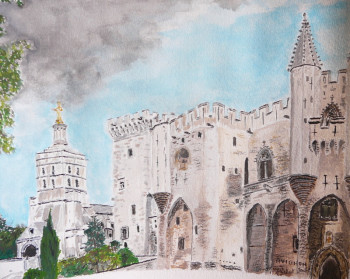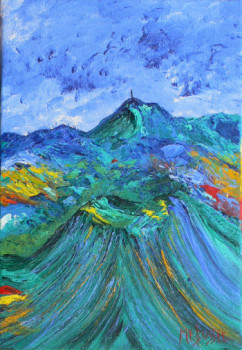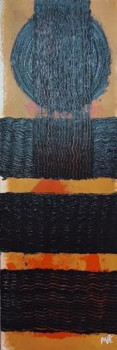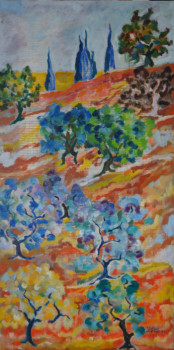
Presentation of Paul Cézanne

Paul Cézanne is a French painter who lived in the second part of the 19th century. Among these most famous works we can mention "The Card Players" (1895), "La Montagne Sainte-Victoire seen from Bellevue" (1895) or even these very numerous still lifes such as "Still life with apples and oranges" (1900). Linked to the impressionist movement, Cézanne is also considered as the precursor of post-impressionism and cubism. In his entourage, we find Émile Zola , Edouard Manet, Edgar Degas, Claude Monnet or even Camille Pissarro. Thus, we will discover the life and work of this great painter who left his mark on the world. the landscape of French art.
Biography
Childhood and Youth
Paul Cézanne was born; on January 19, 1839 at Aix-en-Provence in the south-east of France. He comes from a wealthy provincial bourgeoisie family but was born out of wedlock. His father, Louis Auguste Cézanne, who was 40 years old at the time. When Paul was born, he was the owner of a successful hat factory, while his mother, Anne Élisabeth Honorine Aubert, 24, was a worker in his father's factory. In 1941, Marie Cézanne, Paul's sister, came into the world but it was not until January 29, 1844 that Louis Auguste regularized the situation by marrying Anne Elisabeth, before opening his own bank. A second sister, Rose, of whom he is godfather, was born in 1854.
Paul follows all his schooling; Aix-en-Provence and met Émile Zola at college, the latter subsequently becoming one of his closest friends. After obtaining his baccalaureate in letters, Cézanne turned towards the right to study. the request of his father who wants him to take over his bank. But young Paul is not interested in by these studies, which he abandoned in order to move towards the world of art.
Personal life
When he was around thirty, Cézanne met Marie-Hortense Fiquet, a professional seamstress, who became his companion but also his model, since he produced no less than 45 portraits of the latter. In 1872, the two lovers welcomed a son, named Paul, like his father. Cézanne hid his relationship with Marie-Hortense from Paris for more than two 10 years. his father, for fear that the latter would cut off his food. But Louis-Auguste ended up learning the truth. and Paul and Marie-Hortense married in 1886, some time before the death of Louis-Auguste, who bequeathed them a nice sum which allowed them to stay there. shelter from need.
Personality by the artist
Those close to the painter describe Cézanne as a man 1.75m tall, with a strong Provencal accent, and a mysterious and lacking temperament of self-confidence, Zola evokes "a suffering timidity". He was sardonic and ironic but could sometimes have violent reactions, especially when he was touched, the latter not being able to stand being touched.
End of life
Paul Cézanne succumbed on October 22, 1906 to At the age of 67, he contracted pneumonia a few days earlier while painting in a violent storm.
The work of Cézanne
Difficult beginnings
Après avoir obtenu de son père l'autorisation de monter Paris pour y poursuivre des études d'art, Cézanne échoue en 1861 au concours d'entrée de l'École des Beaux-Arts, le président du jury évoquant un tempérament coloriste jugé excessif. Il rentre a Aix puis retourne Paris l'année suivante où il étudie l'Académie Suisse. Il y fait la connaissance de Claude Monet et Auguste Renoir. Il passe aussi une grande partie de son temps au Louvre, recopier les œuvres des plus grands tels que Delacroix, Courbet, ou encore Velázquez, ce qui confirme sa vocation d'artiste peintre. Ses premières œuvres sont influencées par le romantisme et c'est sa rencontre avec Camille Pissaro qui l'oriente vers l'impressionnisme. Ce dernier va ainsi initier Cézanne ce mouvement, et son influence transparaît dans les premières toiles de l'artiste.
En 1874, Pissaro insiste pour que Cézanne expose la Première Exposition Impressionniste organisée par Nadar et qui regroupent une trentaine d'artistes ayant été refusés par le jury du Salon de Paris. En effet, dès 1863 Paul Cézanne soumet des toiles ce dernier, qui les refuse systématiquement. Le peintre expose alors trois tableaux la Première Exposition Impressionniste : Une moderne Olympia, La Maison du pendu et Étude, paysage d’Auvers, qui seront très mal reçus. Il refuse alors d'y exposer de nouveau, jusqu'en 1877 où ces œuvres seront de nouveaux critiquées amenant Cézanne rompre définitivement avec le milieu impressionniste.
Le retour en Provence
Suite ces nombreux échecs parisiens, Cézanne retourne en Provence. Là, dans l'atelier que son père lui fait construire Jas-de-Bouffan, en périphérie d'Aix-en-Provence, l'artiste peintre réalise plusieurs centaines de toiles, qu'il s'agisse de paysages, de portraits ou de natures mortes. Il va notamment peindre plus de 80 fois la Montagne Sainte-Victoire qui est une grande source d'inspiration pour lui, ainsi qu'un grand nombre de natures mortes. Paul Cézanne avait en effet pour habitude de peindre d'immenses séries d'un même motif.
La technique et le style
La technique de Cézanne repose sur une peinture en volume, et une géométrisation de la toile. Il s'appuie également sur une large palette de couleur et multiplie les points de vue. Ces toiles représentant la montagne Sainte-Victoire sont caractéristiques de son œuvre.
Une reconnaissance tardive de son talent
Son succès, bien que tardif, Cézanne le doit un jeune marchand d'art, Ambroise Vollard, qui, après avoir cherché le peintre sans relâche, organise une exposition regroupant 150 de ses toiles. Si le public n'est pas particulièrement séduit, les critiques et les anciens confrères du peintre reconnaissent enfin son talent, notamment travers son tableau "Les joueurs de cartes". Dès lors, il devient une source d'inspiration pour les jeunes peintres, et apparait comme la figure d'avant-garde du cubisme dont Pablo Picasso et Georges Braque ou encore Henri Matisse s'inspireront très largement.
Paul Cézanne laisse ainsi l'Histoire de l'Art 900 tableaux et 400 aquarelles, sans compter les toiles qu'il a détruite. Bien que longtemps incompris de ses contemporains, il est aujourd'hui reconnu dans le monde entier comme un artiste incontournable et novateur, dont l'œuvre continue d'inspirer les jeunes artistes.
Découvrez quelques oeuvres inspirées de Cezanne
